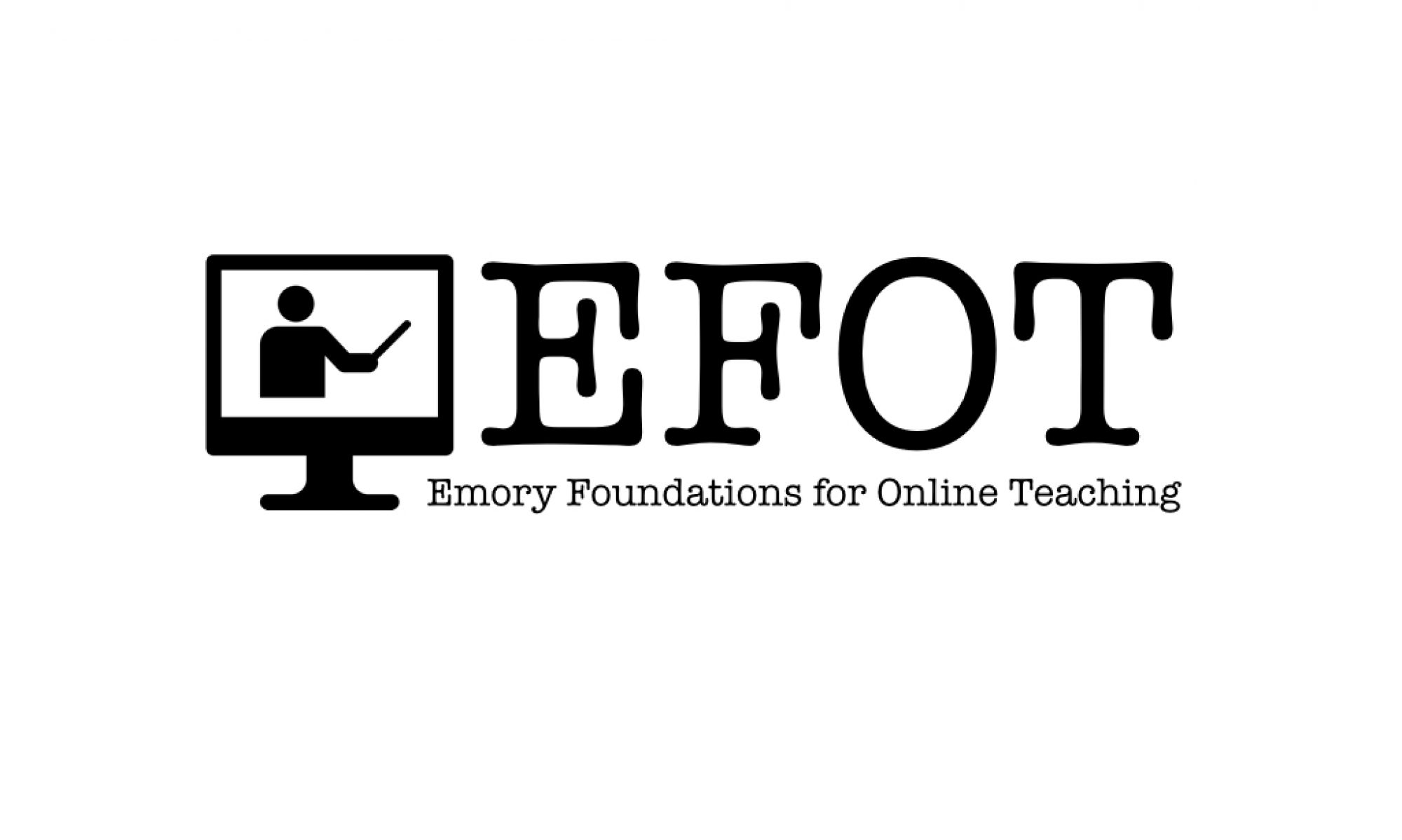Greetings!
To be transparent, blogging is a new activity for me! I am very intrigued by the Community of Inquiry framework, as it makes intuitive sense to me. I went to the site https://coi.athabascau.ca/coi-model/ and pulled the definitions again as my launch point to consider how I currently utilize and can incorporate each type of presence into my online classroom.
Social presence is “the ability of participants to identify with the community (e.g., course of study), communicate purposefully in a trusting environment, and develop inter-personal relationships by way of projecting their individual personalities.” (Garrison, 2009). I think this is most challenging in my fully online, asynchronous course. The challenge extends past creating my own social presence, but also facilitating that among the students. As many are local and in courses together, they may have established relationships, but not necessarily within the course. I did a bio and introduction, including some personal information. I am not the coordinator of this course, so am not the primary driver of our approach. Having said that, my colleague, for whom this is her first online course, is definitely open and willing to learn and collaborate. I try to add humor as well.
For future courses, I would enhance social presence via a more robust introduction at the beginning of the course, using VoiceThread. In addition, I will plan at least 3 synchronous online experiences in addition to the course orientation. To be honest, I think we missed some opportunities for social engagement. I have definite opportunity to improve setting the climate.
Teaching Presence is the design, facilitation, and direction of cognitive and social processes for the purpose of realizing personally meaningful and educationally worthwhile learning outcomes (Anderson, Rourke, Garrison, & Archer, 2001). For this, I try to make activities of the student focused at the application or higher level per Bloom’s taxonomy for the modules for which I am responsible. I have encouraged my colleague to do the same. I use various examples to simulate how this content (research, not usually their favorite) will be pertinent to their future practice. I also try to provide clear directions to regulate learning and rubrics for activities and assignments, which require both individual effort and group interaction. We created small groups to better facilitate useful learning. We provide blueprints to guide preparation for exams.
Cognitive Presence is the extent to which learners are able to construct and confirm meaning through sustained reflection and discourse (Garrison, Anderson, & Archer, 2001). I think this may be most difficult in my research course. I am most successful at this in staying in close contact during discussions, prodding them to take their original postings to the next level with probing questions, which I may direct at the “original poster” , the respondents, or both. By designing discussions so that students have to post their own responses before seeing or responding to their peers demands their individual effort. This supports discourse, and helps to regulate learning.
I am taking notes to improve the remainder of the semester as well as next year!
